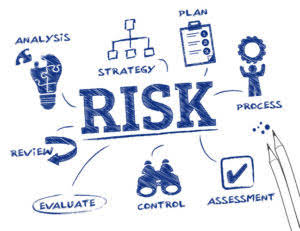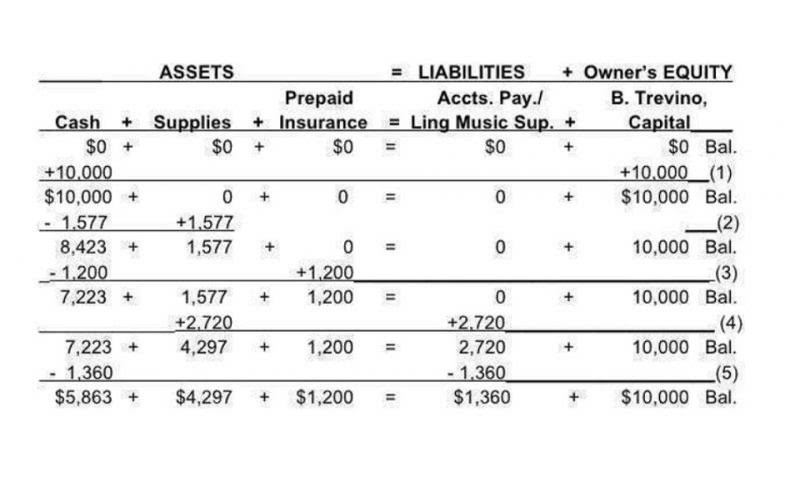What Are Plant Assets? The Motley Fool

The non-current assets are the company’s long-term assets that last for many years and deliver economic benefit. There is a further classification of tangible and intangible non-current assets. Current assets are expected to be used within a year or short-term time frame. Current assets typically include cash, inventory, accounts receivable, and other short-term liquid assets.

Financial Accounting
Intel announced a $1.6 billion loss in its now-infamous August 1 earnings call, which also carried the news that Intel had laid off 15% of its workforce and aims to reduce spending by $10 billion by 2025. The loss came thanks to Intel’s https://www.bookstime.com/law-firm-bookkeeping falling behind in the AI arms race and its 13th/14th-generation widespread CPU failures. Intel stock had its worst day in 50 years immediately following the call, and the company has continued to suffer in the month since.
What are intangible assets?

Property, plant, and equipment (fixed assets or operating assets) compose more than one-half of total assets in many corporations. These resources are necessary for the plant assests companies to operate and ultimately make a profit. It is the efficient use of these resources that in many cases determines the amount of profit corporations will earn.

Example of plant assets
- Vehicles, office equipment, and buildings are included in the subcategories of the fixed assets classification.
- Broadly speaking, an asset is anything that has value and can be owned or used to produce value, and can theoretically be converted to cash.
- They provide several contributions to a company and understanding how they work can aid in tracking the organization’s growth.
- Effective acquisition of plant assets requires careful planning, thorough research, and attention to detail.
- This type of depreciation can be avoided by replacing the old car with a newer model that is more fuel-efficient, or by purchasing a used car from a dealer.
The value of a plant asset is determined by a number of factors, including the expected life of the asset, the cost of maintenance and repair, and the amount of capital invested in the plant. Plant assets, also known as fixed assets, are any asset directly involved in revenue generation with a useful life greater than one year. Named during the industrial revolution, plant assets are no longer limited to factory or manufacturing equipment but also include any asset used in revenue production.
Unlike inventory or stock in trade, plant assets are acquired with the intention of using them in the production process or to support the company’s operations. These assets are expected to have a useful life that extends beyond the current accounting period. What these assets all have in common, that also differentiates them from current assets, is that they are not going to turn into cash any time soon and their connection to revenue is indirect. With inventory, we saw a direct match between the cost of the product and the sales revenue.
Accounting for Plant Assets
Noncurrent assets include intangible assets, such as patents and copyrights. They provide value to a company but cannot be readily converted to cash within a year. Long-term investments, such as bonds and notes, are also considered noncurrent assets because a company usually holds these on its balance sheet for more than one fiscal year.

- For example, if a company sells a plant to a third party, the plant is no longer considered a fixed asset and is not included in the company’s balance sheet.
- Ukrainians are determined to never again live in a closed, authoritarian system.
- Plant assets are a specific type of asset on a company’s balance sheet.
- Current assets are expected to be used within a year or short-term time frame.
- It is important for a company to maintain a certain level of inventory to run its business, but neither high nor low levels of inventory are desirable.
- The overall value of a company’s PP&E can range from very low to extremely high compared to its total assets.
